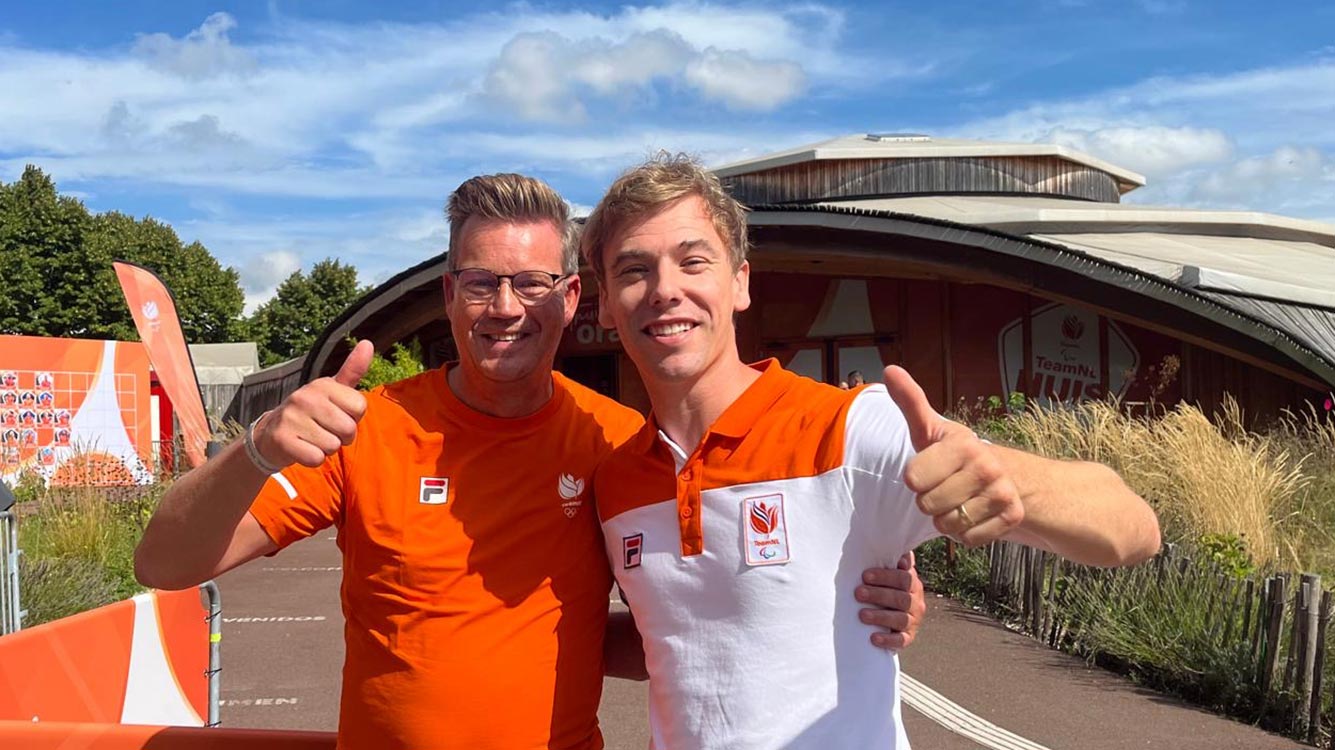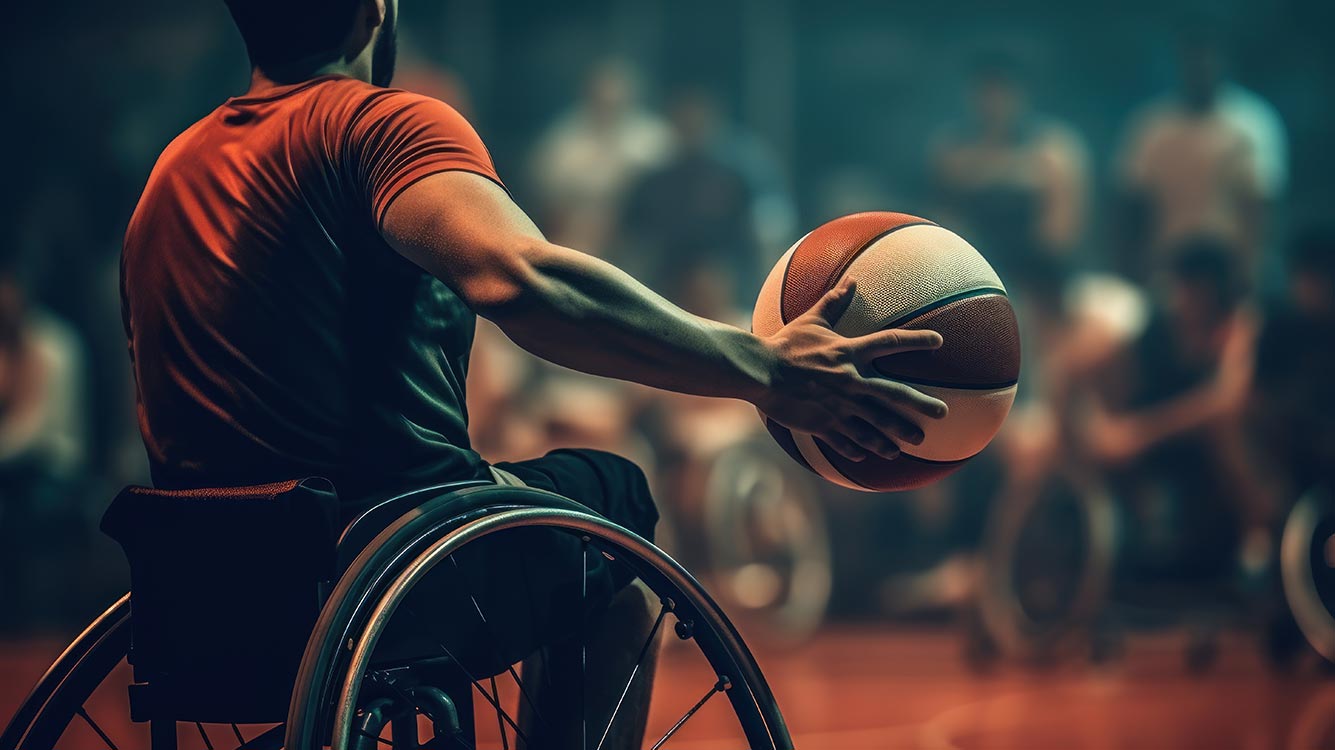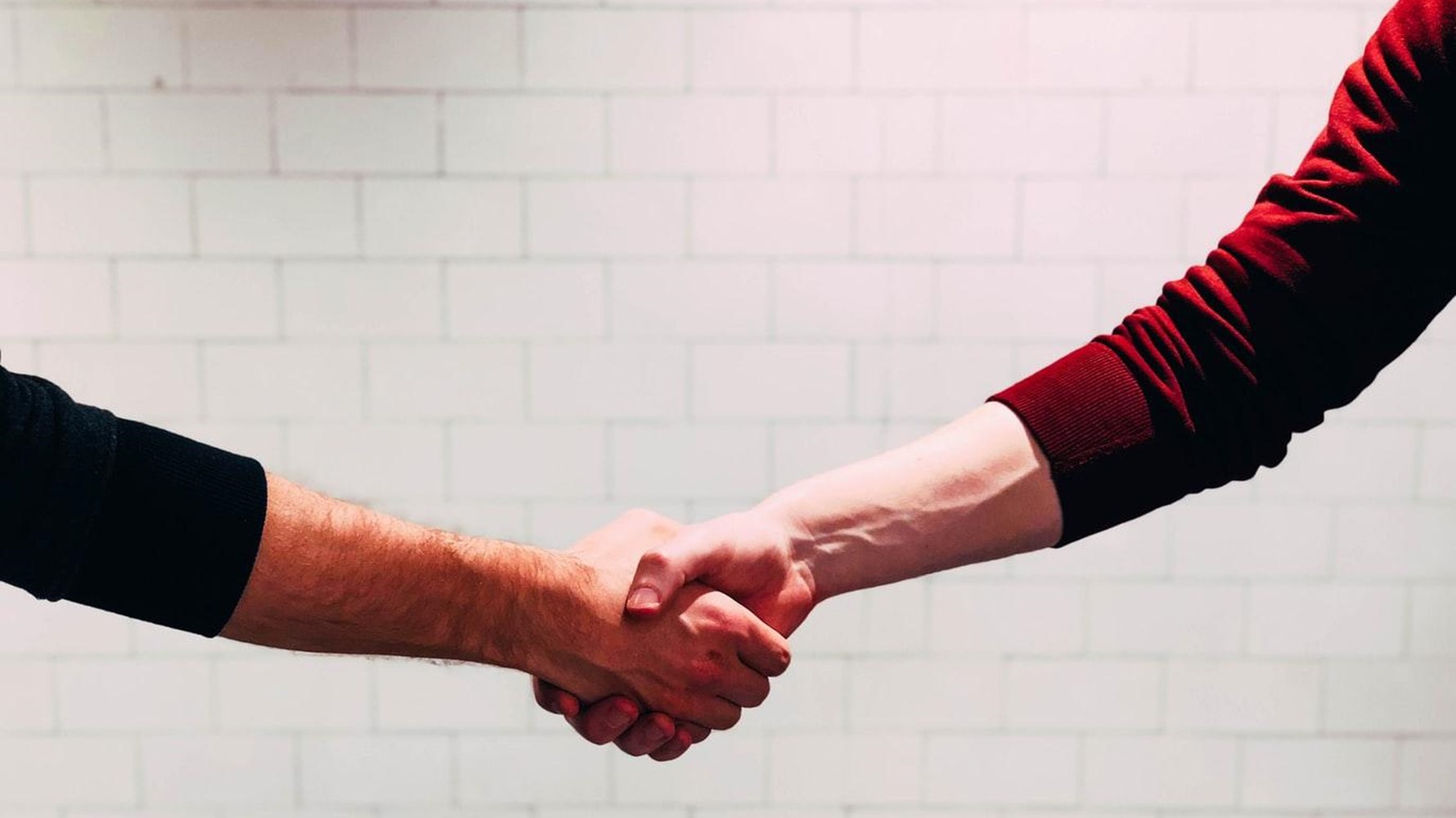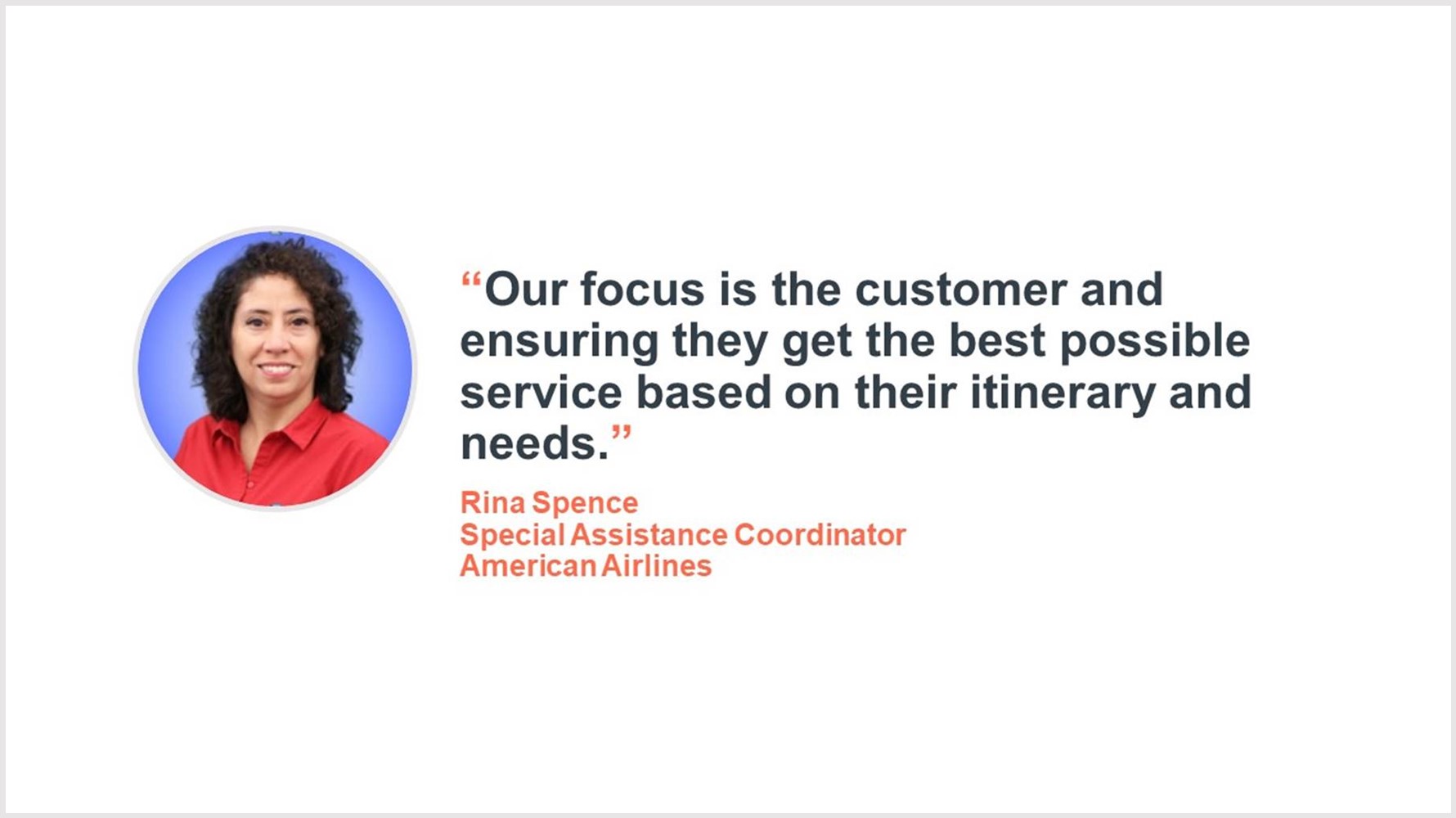The Paralympic Games recently came to an end, offering us the opportunity to witness magnificent examples of courage and tenacity from athletes who have overcome many challenges to compete. Just think about Sheetal Devi, the 17 year-old from India who won the bronze medal in archery by shooting arrows with her leg. Her popularity has inspired girls all over the world to start training.
Over 4,000 athletes from 180 countries take part in the Paralympics. Many of them require special assistance travel. Globally, the number of travelers requiring special assistance is predicted to rise to 33.4 million by 2028 from 12 million in 2019. Yet barrier-free and equal access travel remains elusive for millions of travelers every year.
To learn more about the world of Paralympic sports and improve our CWT Special Assistance service, I went to Paris and had the chance to interview Toine Klerks, official NOC*NSF advisor of Team NL House during the 2024 Paralympics Games, and program coordinator for TeamNL wheelchair basketball. I listened to his experience about the impressive evolution of the Paralympics and how travel for special needs athletes must evolve to keep pace.
It's great to see that the Paralympics has grown so much since 400 athletes participated at the first edition of the Paralympic Games, 64 years ago in Rome. Paris hosted more than 4,000 athletes. What do you think are the key drivers that led this growth?
There are many aspects but one of the most important is technology. For example, artificial legs are now robotic. They are not painful anymore, making it easier to walk. There's also so much invested in communication, images and videos. The visibility of wheelchair athletes could create role models for other potential athletes to start their sporting journey. So, it's a combination of inspiring new athletes because of the visibility, the attention that it gets, and advancements in technology.
How has technology in wheelchair basketball evolved?
Technology can be a catalyst for an optimal experience watching a game. You can watch Formula One without data but it's not interesting. It is cars driving around without visibility of where each car is compared to the other and why they are in those positions. In wheelchair basketball we use sensors to make it more interesting to watch the game. With sensors we can measure the exact speed at that moment, the force of impact, the number of meters that players make during a game, and we use heart rate monitors to know if they are tired. Analyzing data and images enable a quick learning curve that's very helpful.
How did you get into wheelchair basketball?
I'm following in the footsteps of my father Ben who was a fanatic basketball player. He lost a leg due to a road accident at a young age but he didn't stop playing. He started for the Dutch wheelchair basketball team, went to the European Championships and won a gold medal in the Paralympics, Barcelona in 1992. I led the Basketball Experience Netherlands foundation together with Gert-Jan van der Linden since 2014. In addition to being team manager for the Dutch women's wheelchair basketball team I give clinics, presentations and workshops to schools, companies and organizations on behalf of my Basketball Experience Foundation.
What are the specific needs of wheelchair players when they travel?
I've been traveling with athletes all over the world for many years. The most important thing is to listen directly to someone in a wheelchair. It is important to properly inform airport staff and provide knowledge about the materials our athletes use. Sometimes we come out of an airplane and the sports chair is there instead of the normal chair. A sports chair is far too wide to move around the airport. You can’t go through the door, and you can’t lift it to take bumps. It's a really big difference.
What can we learn about making the travel experience better?
I think you have to work with several organizations to cross-collaborate. For example, sometimes there's one group assisting, and a different company doing the scans or the check-in. There's also a different group arranging the trip itself. You need to have the right person at the right spot or have it all managed by one firm. That last thing is probably not going to happen. But I think communication between these groups is critical. For example, if we are talking about a wheelchair, people think it's always foldable. Most wheelchairs are tailor-made and not like a hospital chair.
Paralympic sports has come a long way. It is time that accessible travel kept pace with the world’s athletes and all travelers globally with physical and invisible disabilities.
Learn more about barrier-free and equal access to travel: CWT Special Assistance service.

Jan Latenstein (l) and-Toine-Klerks (r)
Image credits: Adobe Stock Images and Jan Latenstein






